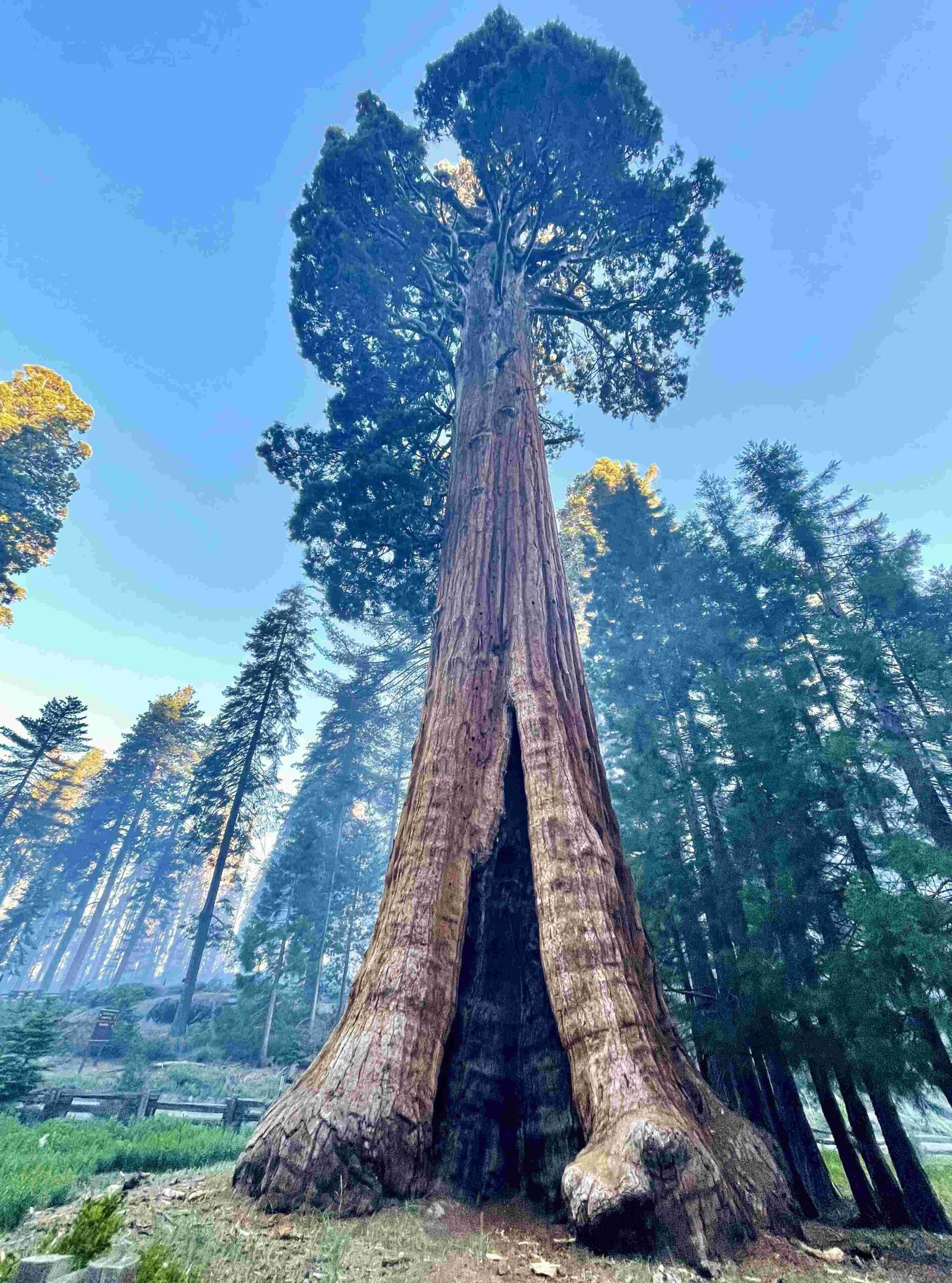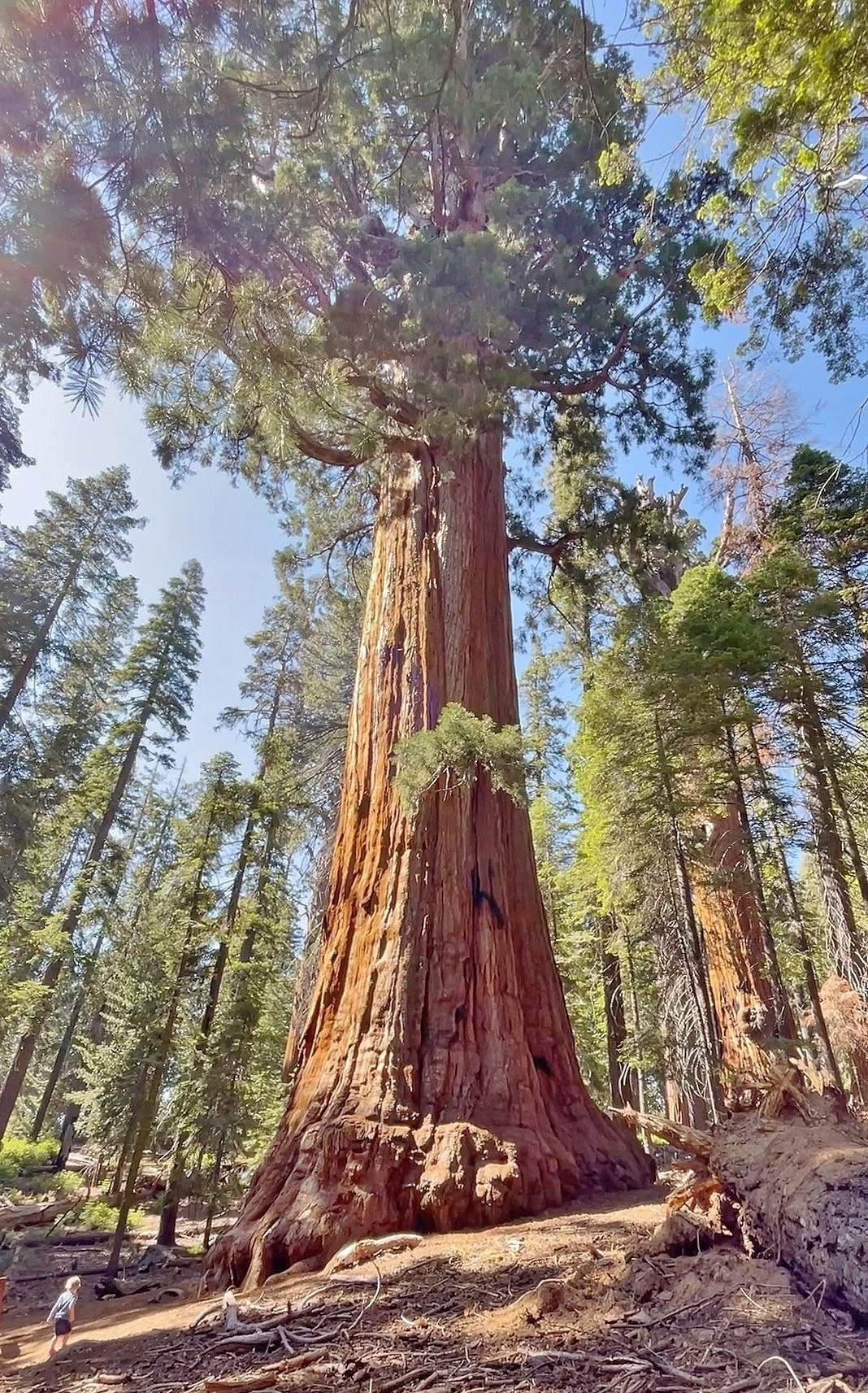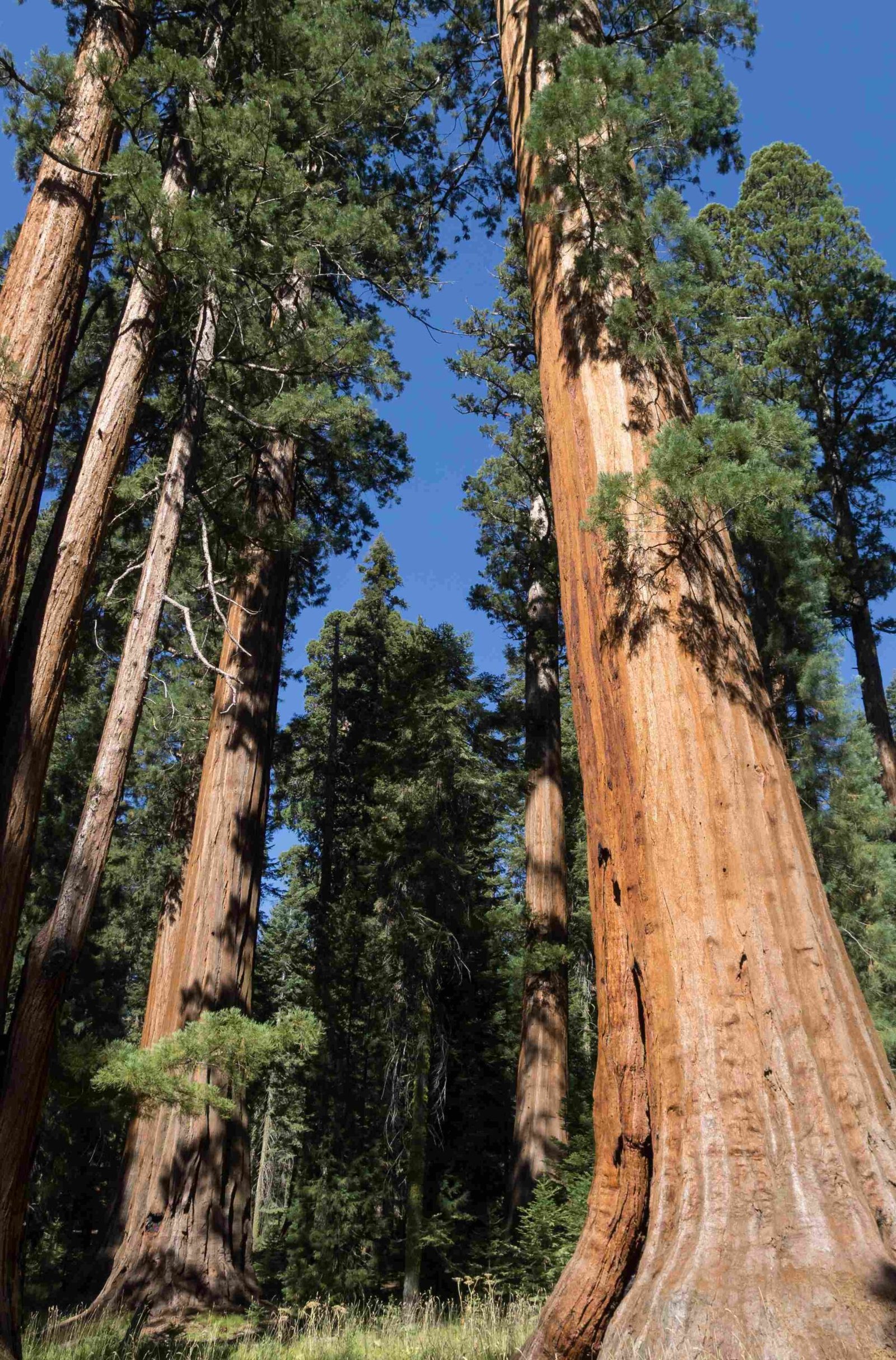Sequoia National Park White Chief is a captivating area within the Mineral King valley, offering a blend of natural beauty and rich history. This region, known for its steep trails, mining heritage, and stunning vistas, attracts hikers and history enthusiasts alike. The White Chief area encompasses a challenging trail, a campground, and a peak, each contributing to the unique experience of this lesser-known part of Sequoia National Park.
What is the historical significance of Sequoia National Park White Chief?

The White Chief area in Sequoia National Park holds a deep historical and cultural significance. Here’s a brief overview:
- Indigenous Presence: The Wukchumni, a subgroup of the Yokut tribal people, first settled in this area approximately 3,000 years ago.
- European Exploration: John Moss, a mountain man, became the first European to pass through the Mineral King Valley in 1847.
- Mining Boom: A significant silver claim was discovered in White Chief Valley in August 1872, leading to a mining boom.
- Population Growth: By 1879, the population around the Mineral King mining claims reached approximately 3,000 people.
Timeline of Key Events
| Year | Event |
|---|---|
| ~1000 BCE | Wukchumni settlement begins |
| 1847 | John Moss explores Mineral King Valley |
| 1872 | Silver claim discovered in White Chief Valley |
| 1875 | Multiple mining camps established |
| 1879 | Population reaches ~3,000 |
What are the features of the White Chief Mountain Trail?

The White Chief Mountain Trail is a challenging but rewarding hike within Sequoia National Park. Here are its key features:
- Trailhead Location: Starts in Mineral King Valley, along the south bank of the East Fork Kaweah River
- Trail Length: Approximately 1.8 miles from Mineral King Road to White Chief Mine
- Elevation: White Chief Mine is located at 9,445 feet above sea level
- Difficulty: Very steep but well-maintained
- Notable Viewpoints:
- Mineral King Valley
- Falls of Crystal Creek
- Mining activity scars in White Chief Canyon
- Small waterfall at White Chief Bowl formation
What amenities does White Chief Campground offer?
While specific details about White Chief Campground are limited, here’s what you can generally expect in the Mineral King area:
- Campsite Type: Primitive (no hookups or modern amenities)
- Reservation: Available through the National Park Service’s reservation system
- Facilities: Basic restrooms (likely primitive)
- Proximity: Close to hiking trails and points of interest like Mineral King Valley and East Fork Kaweah River
What are the characteristics of White Chief Peak?
White Chief Peak is a prominent feature in the Sequoia National Park White Chief area. Here’s what you should know:
- Elevation: While exact height is unspecified, it’s in the vicinity of White Chief Mine (9,445 feet above sea level)
- Geological Features:
- Mining activity scars
- Tree fall and overburden in White Chief Canyon
- Accessibility: Reached via hiking trails, primarily White Chief Mine Trail
- Terrain: Steep and challenging
- Seasonal Considerations:
- Winter: Snow and ice make access difficult
- Summer: Better accessibility, but can be hot and dry
How does the White Chief area contribute to Sequoia National Park’s ecosystem?
The White Chief area plays a crucial role in Sequoia National Park’s diverse ecosystem:
- Biodiversity: Supports a variety of plant and animal species adapted to high-altitude environments
- Water Resources: Contains headwaters of the East Fork Kaweah River, contributing to the park’s water system
- Geological Diversity: Showcases unique rock formations and mineral deposits
- Historical Landscape: Provides insight into human interaction with nature through mining history
What conservation efforts are in place for Sequoia National Park White Chief?
Conservation efforts in the White Chief area focus on preserving both natural and historical elements:
- Habitat Protection: Measures to protect native flora and fauna
- Trail Maintenance: Regular upkeep of hiking trails to prevent erosion and ensure safety
- Historical Preservation: Efforts to maintain and protect remnants of mining activities
- Education: Programs to inform visitors about the area’s ecological and historical importance
How can visitors best experience Sequoia National Park White Chief?
To make the most of your visit to the White Chief area:
- Plan Ahead: Check trail conditions and make campground reservations in advance
- Prepare for the Hike: Bring appropriate gear for steep, high-altitude trails
- Learn the History: Research the area’s mining past before your visit
- Respect Nature: Follow Leave No Trace principles to preserve the environment
- Capture the Views: Bring a camera to document the stunning landscapes
- Stay Safe: Be aware of wildlife and changing weather conditions
What unique flora and fauna can be found in the White Chief area?
The White Chief area of Sequoia National Park is home to a diverse range of plant and animal species:
- Plants:
- High-altitude conifers
- Alpine wildflowers (seasonal)
-
Drought-resistant shrubs
-
Animals:
- Marmots
- Pikas
- Various bird species adapted to high elevations
- Occasional sightings of larger mammals like black bears
How does the White Chief area compare to other parts of Sequoia National Park?
The White Chief area offers a unique experience compared to other parts of Sequoia National Park:
- Less Crowded: Generally fewer visitors than popular areas like Giant Forest
- Mining History: Provides a glimpse into the park’s human history not seen in other areas
- Challenging Terrain: Offers more strenuous hiking opportunities
- High Elevation: Provides a subalpine environment different from lower-elevation areas
- Scenic Beauty: Offers unique views of the Mineral King Valley and surrounding peaks
By exploring the Sequoia National Park White Chief area, visitors can experience a less-traveled but equally fascinating part of this renowned national park, combining natural beauty with a rich historical backdrop.
References:
1. Sequoia-Kings Canyon National Parks – NPS History
2. Sequoia National Park – Wikipedia
3. Mineral King Road, the White Chief Mine, and the unbuilt California …

